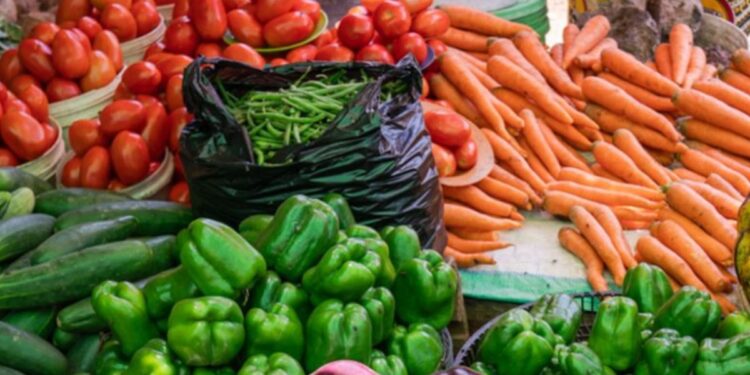Kenya’s inflation rose to 4.1% in April 2025, according to the latest data by the Kenya National Bureau of Statistics. This marks an increase from the previous month’s rate of 3.6%.
According to the KNBS, the price increase was mainly driven by a rise in the price in the categories of Housing, Water, Electricity, Gas, and other fuels (0.8%), Transport (2.3%), and Food and Non-Alcoholic Beverages (7.1%).
Prices in the Food and Non-Alcohologic Beverages Index surged by 0.4% between March and April this year. The price of fortified maize flour rose by 2.6%, while prices of potatoes increased by 4.0%.
However, prices of cabbages and kale (Sukuma) dropped by 4.0% and 2.3%, respectively.
During the same period, the Housing, Water, Electricity, Gas, and Other Fuel index increased by 0.3%, which was mainly attributed to the rise in the prices of electricity. Notably, the prices of 50kWh electricity, 200 kWh electricity, and Liquefied Petroleum Gas (LPG) rose by 3.8, 3.4 and 0.3%, respectively.
The Transport Index saw a 0.5% price reduction between March 2025 and April 2025, mainly due to a surge in bus fares during Easter Holidays.
Prices of petrol and diesel dropped by 1.1% and 1.3%, respectively, following the move by the Energy and Petroleum Regulatory Authority (EPRA) due to reduced global oil prices and favorable exchange rates.
Core inflation, which excludes volatile food and energy prices, rose to 2.5% in April from 2.2% in March 2025. Non-core inflation, representing the price movements of food and energy items, increased to 8.4% from 7.4%.
Kenya’s inflation rate has been on an upward trend since reaching a low of 2.7% in October 2024 but remains within the Central Bank’s target rate of 2.5% – 7.5%.
Related: Kenya’s Central Bank Eyes Gold Reserves Amid Record Price Surge




